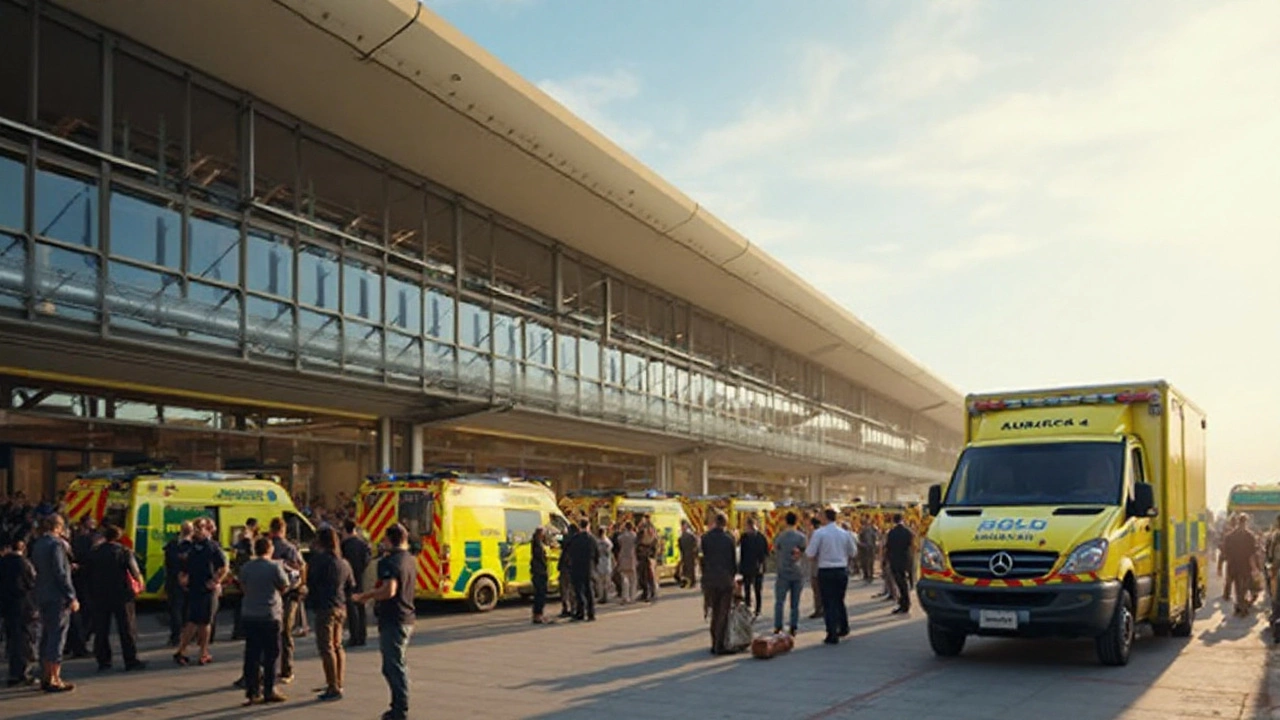Hazardous Materials Incident: Quick Guide to Staying Safe
If you ever find yourself near a spill, leak, or any kind of hazardous materials incident, the first thing to do is stay calm. Panic makes it harder to think clearly and can put you in more danger. Take a deep breath, assess the situation, and decide whether you can safely move away or need help right away.
Most incidents involve chemicals, gases, or biological agents that can harm you if you breathe them in or touch them. The safest move is to put distance between yourself and the source. Aim for at least 30 feet if you can, and avoid touching anything with bare hands. If you’re indoors, close doors and windows to limit the spread of fumes.
Call for Help and Give Clear Info
Dial the emergency number as soon as you’re safe. When you call, give the operator a precise location, the type of material if you know it, and any visible signs like smoke, bright colors, or strong smells. Clear information helps responders bring the right equipment and protect the area faster.
If you’re at work, follow your company’s emergency plan. Most workplaces have a specific phone number, a designated assembly point, and a list of who to alert. Knowing the plan ahead of time can shave minutes off your response, which can be crucial.
Protect Yourself While Waiting for Professionals
While you wait for emergency crews, you can take a few steps to reduce exposure. If you have a mask, use it—any mask is better than none. Cover your nose and mouth with a damp cloth if a mask isn’t available; the moisture can trap some particles. Avoid rubbing your eyes or face, as chemicals can cause irritation.
If you’re in a vehicle, roll down windows and turn off the air recirculation. This lets fresh air in and pushes harmful fumes out. If you’re outdoors, move upwind from the source—wind can carry contaminants far, and moving downwind puts you directly in the path.
Never try to clean up a spill unless you have proper training and protective gear. Chemical clean‑up requires specific neutralizers, disposal methods, and safety equipment. Wrong actions can make the problem worse or cause personal injury.
After the incident is resolved, you may feel shaken. Talk to supervisors or safety officers about what happened and how it was handled. This feedback helps improve future responses and keeps everyone safer.
Remember, the best way to handle a hazardous materials incident is to stay calm, move away, call for help, and protect yourself until experts arrive. Knowing these basics can make a huge difference for you and those around you.
